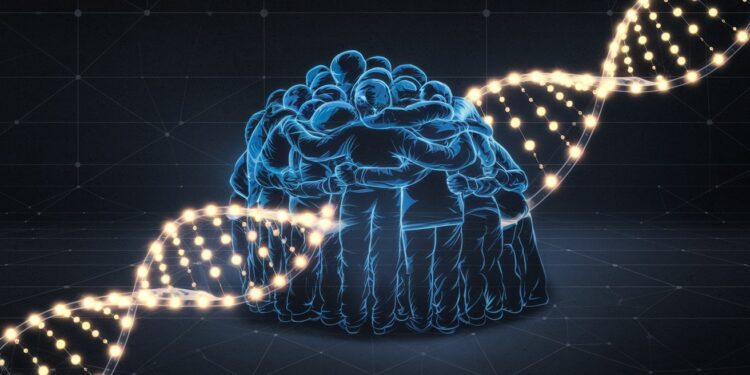The plight of migrants risking death in desperate attempts to reach European shores is one of the defining humanitarian crises of our time. Yet a little-known aspect compounds the tragedy: over 80% of those who perish remain forever nameless, lost to their shattered families. Now, a team of top forensic experts is determined to restore identities to the lost and provide closure to those left behind.
The Human Face of a Border Crisis
In the past decade alone, at least 25,000 refugees and migrants have died trying to cross the Mediterranean Sea to Europe, according to Prof Caroline Wilkinson, who chairs the newly formed Migrant Disaster Victim Identification (MDVI) Action network. Thousands more lives have been lost along land routes and in the English Channel. But these staggering figures only account for the bodies that are found.
There’ll be thousands of other bodies that have never been recovered from those migrant disasters.
Prof Caroline Wilkinson, MDVI Action Chair
For the families of the missing, not knowing their loved ones’ fates prolongs the agony indefinitely. The emotional trauma is compounded by the lack of a body to lay to rest and lingering hopes that they may still be alive.
Forensic Science vs Bureaucratic Barriers
MDVI Action, established in November 2024, brings together top forensic scientists and experts from across Europe. Their mission: to develop and deploy new methods to boost migrant victim identification rates, which currently stand at a dismal 20% or less.
The challenges are immense. Unlike in other mass casualty events, most deceased migrants carry no official identification. Matching their remains to anxious families is a complex undertaking, stymied by lack of antemortem records like fingerprints or dental scans.
Compounding the difficulty, the bereaved often fear interacting with foreign authorities due to concerns over their own immigration status. “You can’t really be searching for someone else, when you have to hide yourself,” lamented one interviewee in an IOM study.
Novel Methods Offer New Hope
Undeterred, MDVI Action is exploring innovative solutions:
- AI-powered facial matching between postmortem remains and family photos, already showing 85% accuracy
- Handheld 3D scanners to swiftly document bodies in the field before decomposition advances
- Predictive current modeling to calculate likely trajectories of bodies lost at sea for optimal search and recovery
- Expanding the scope of legally valid identification criteria beyond DNA, dental records, and fingerprints
These tools could prove revolutionary in tackling the backlog of unidentified migrant remains across Europe and repatriating them to provide healing for families.
A Mission of Compassion
For MDVI Action members, this work is a humanitarian imperative to uphold the basic human dignity of those who perished seeking a better life. It’s about bringing scientific innovation to bear on one of the great moral failings of our era.
No matter how big or small the part of them they get back is, it is really important that they do. That is why we do this work, so that we can help to close that chapter for them and allow them in some way to move on.
Det Supt Jon Marsden, UK National DVI Coordinator
In a world where the international migrant and refugee population has tripled to nearly 300 million since 1970, the crisis shows no signs of abating. MDVI Action stands as a beacon of scientific compassion and human rights, striving to ensure that no one vanishes without a trace.








